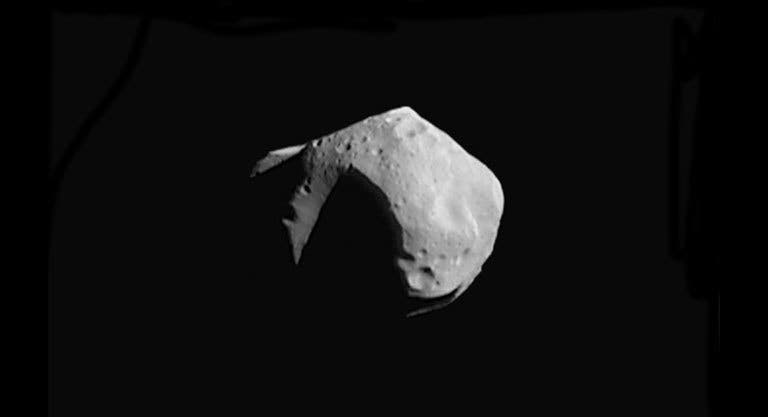
Not all asteroids whizz past Earth — some, if ever so briefly, may get trapped in our planet’s orbit before escaping back into deep space. Astronomers say that by studying these temporary ‘mini-moons’, it is possible to answer important mysteries surrounding asteroids. The challenge, however, is monitoring these fast-moving, tiny objects.
Twelve years ago, astronomers found the first and only known natural satellite other than the moon. The temporarily-captured orbiter (TCO) called 2006 RH120 measured only 2-3 meters across and orbited the planet for 13 months before it broke free of Earth’s gravity – only to be immediately recaptured into orbit around the sun. This TCO is so small that, initially, NASA thought it was the third stage Saturn S-IVB booster from Apollo 12, but later determined that it was, in fact, an asteroid.
“These asteroids are delivered towards Earth from the main asteroid belt between Mars and Jupiter via gravitational interactions with the Sun and planets in our solar system,” said Dr. Robert Jedicke, lead author, based at the Institute of Astronomy at the University of Hawaii, in a statement. “The challenge lies in finding these small objects, despite their close proximity.”
Although there has been no other TCO sighting since 2006 RH120 left Earth, an international team of astronomers has proposed that “there should be a steady state population with about one 1- to 2-m diameter captured objects at any time, with the number of captured meteoroids increasing exponentially for smaller sizes”. Discovering these so-called mini-moons could help scientists come to a better understanding of how asteroids form or of the Earth-moon system dynamic. That’s because we know very little about what asteroids are made of. Sure, meteorites offer some hints as to the composition of asteroids, but interaction with the atmosphere destroys and alters the material leaving many gaps in our knowledge.
“We don’t know whether small asteroids are monolithic blocks of rock, fragile sand piles, or something in between,” said Dr. Mikael Granvik, an author on the study and planetary scientist for the Luleå University of Technology in Sweden and the University of Helsinki in Finland, in a statement. “Mini-moons that spend significant time in orbit around Earth allow us to study the density of these bodies and the forces that act within them, and therefore solve this mystery.”
The Large Synoptic Survey Telescope (LSST), which is currently under construction in Chile, will prove invaluable in detecting new mini-moons that may perhaps linger around Earth’s orbit. If none are found, scientists will have to rethink the models that describe their abundance.
Once identified, TCOs can become prime candidates for asteroid retrieval missions offering ample opportunities that extend beyond pure science. For instance, such missions can act as testing fields for asteroid deflection or even asteroid mining, a potentially multi-trillion dollar industry. Therefore, mini-moons can be seen as stepping stones on humanity’s far more ambitious path of probing other planets and their moons.
The findings were reported in the journal Frontiers in Astronomy and Space Science.






